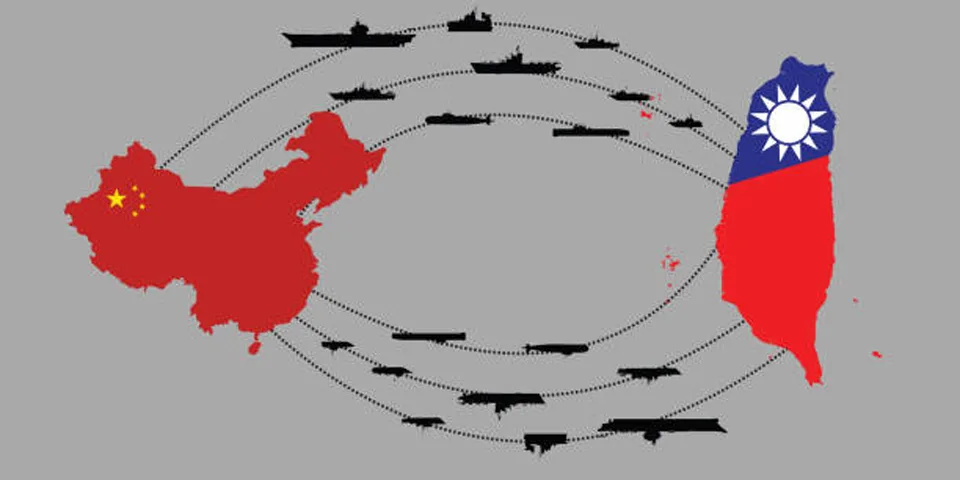Taiwan is constructing a new light frigate for the Republic of China Navy (ROCN) with a focus on anti-submarine warfare. The frigate project, which was previously stalled due to budget issues, poor decision-making, and the National Chung-Shan Institute of Science and Technology’s inability to develop an AESA radar, has been reoriented to building two 115-meter-long frigates with displacements of 2,500-3,000 tons.
The first ship, the anti-air warfare (AAW) variant, began construction in November 2023, with ten follow-on ships planned after delivery in 2026. American naval architecture firm Gibbs & Cox has designed two Tier 2 combat ships for air defense, patrolling Taiwan Strait, conducting reconnaissance, escorting supplies, securing communication lines, and supporting military exercises and training.
Taiwan’s first indigenous defense submarine, Hai Kun, is undergoing harbor acceptance tests and is expected to begin sea acceptance tests next month. The Hai Kun-class hulls will be produced in batches of three, two, and three, with the Chien Lun-class submarines remaining in service after upgrading. The program aims to provide a fleet of 10 attack submarines to deter PLA-N submarines.
The Hai Kun is armed with 18 MK-48 Mod 6 Advanced Technology (AT) heavyweight torpedoes and can launch other types of missiles, with foreign-manufactured weapons being the most likely choice. The launch of Hai Kun demonstrated Taiwan’s ability to meet most requirements for submarine production, although some key technologies were obtained from foreign partners. The development of a frigate and submarine may point to a naval force design dilemma caused by competing imperatives of striking an asymmetric force posture to counter China’s gray zone tactics and the traditional force needed to repel a potential invasion.
Taiwan’s efforts to split its force design and development by procuring assets capable of both traditional and asymmetric warfare could potentially leave it vulnerable. Since the Kuomintang (KMT) fled to Taiwan in 1949, Taiwan has maintained strong traditional naval and air forces, assuming it would eventually retake the Chinese mainland. However, Taiwan’s high-end fleet of destroyers, frigates, and amphibious assault ships is questionable in repelling a potential Chinese invasion.
Fish argues that Taiwan needs a highly visible traditional naval force to counter the PLA-N’s encroachment on its territories, but China’s activities are more peacetime and low-intensity annoyances than existential threats. The ROCN’s reliance on large, traditional warships may lead to rapid destruction in case of an invasion. Eric Gomez argues that Taiwan’s survival will not hinge on fending off China’s gray zone activities or limited uses of force, but on repelling an amphibious invasion with asymmetric capabilities.
Taiwan needs to focus on two military operations: survival and preventing invasion seizure. Submarines may become Taiwan’s capital ships if committed to asymmetric warfare. They will provide island-round protection to prevent PLA-N from enforcing blockades or crossing the First Island Chain.


